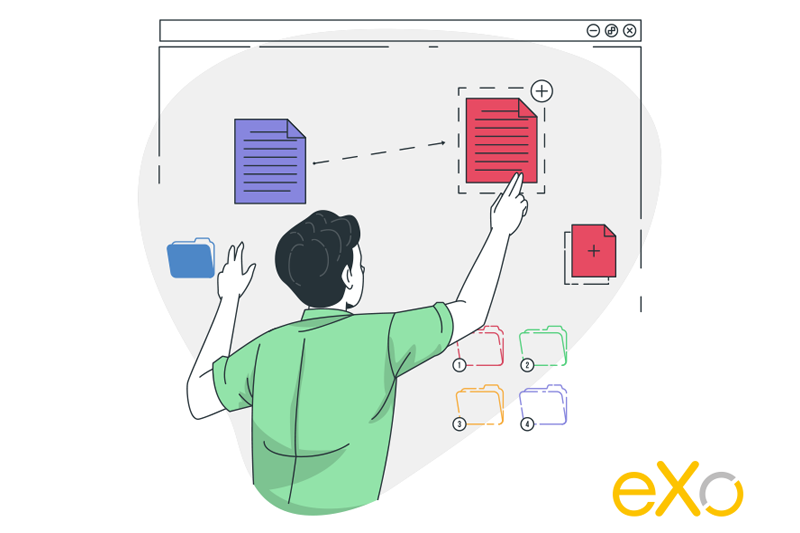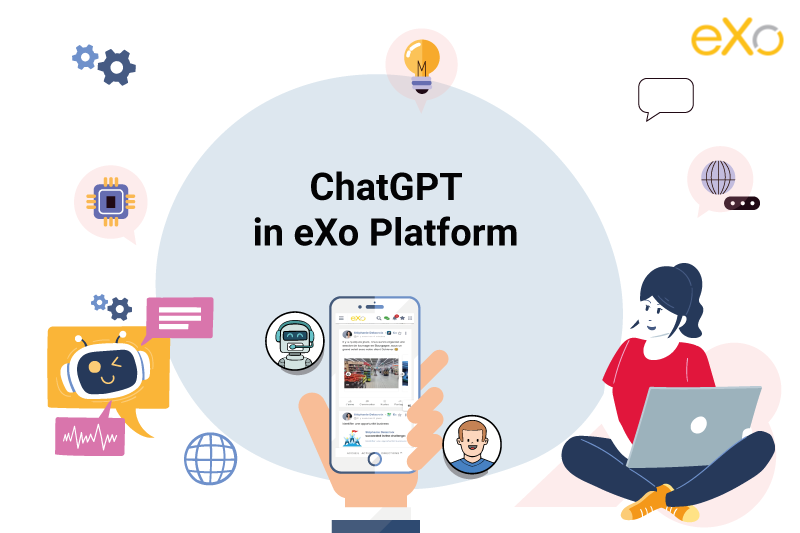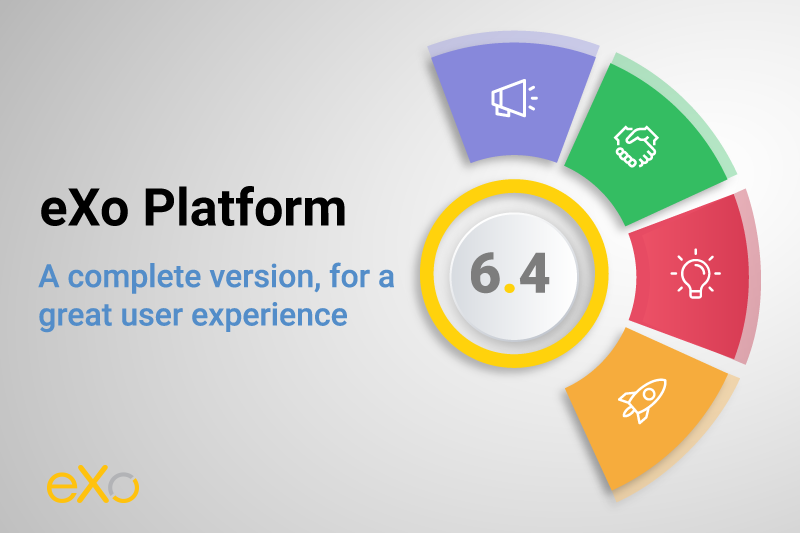- Nouha Blagui
- December 9, 2020
HR and IC collaboration: The secret sauce to promoting employee engagement
It is no longer a secret that the success of an organisation depends on its ability to establish the right work dynamic based on the commitment and motivation of its employees.
Yet, although indicators are still scarce, according to a recent study by Gallup, only 36% of workers were “engaged” in their work during 2020. However, the importance of employee engagement in a post-COVID-19 environment cannot be understated.

Content
In such a context, the roles of the internal communication and human resources departments take on new dimensions and these are thus identified as key players in fostering this new dynamic.
So who’s responsible for employee engagement? Is it the HR department or the IC team?
This is where the lines get blurred. Employee engagement requires a consolidated effort and both HR and IC have a responsibility and opportunity to facilitate and promote engagement, and it is clear that for best results they shouldn’t be working in silos.
According to Andrew Harvey, the Director of Internal Communications Practice at the VMA Group, it has become fundamental for HR and IC to work together and to closely collaborate: “The line between the internal communication and human resources remit is becoming increasingly blurred. Both functions are engaging with the same audience, so it makes sense that the two work together. And with both departments constantly seeking a stronger voice in the boardroom, collaboration could be a real game-changer.”
In this blog, we’ll see how this can come to fruition. And also how collaboration between human resources and internal communications departments can boost employee engagement.
Communicate regularly
People are emotional, so it should be expected that employees will react emotionally to any change or announcement that affects them. Still, that is better than keeping them in the dark, because when employees are kept in the dark, confusion and issues can arise that can hinder growth and destroy trust. That’s why it’s extremely important to keep your employees up-to-date with what’s going on in the company.
When they’re informed, they’ll feel involved and when they feel involved they’re more likely to stay engaged and motivated in their work. Letting them know what’s going on and what’s expected of them can only foster trust, build solid relationships and ensure a prosperous atmosphere.
The IC team needs to outsource information from the HR department, such as company news, partnerships, product updates, events, financial reports, etc., in order to keep everyone on the same page, and to ensure efficiency, avoid confusion and stimulate productivity.
Tools with features such as a “news application” can be very useful in such a context as they can help keep the internal community informed of the latest company news and announcements.
Be attentive
Employees are engaged when they observe authenticity in the way company leaders deal with people and when there is operational integrity in all aspects of the business. Other than transparency, integrity and trust are reinforced when management teams listen, take notes and do their best to improve the overall employee experience.
For that matter, both IC and HR professionals need to address employee well-being and pay attention to their requests, ideas, complaints and even feelings.
This can be done through surveys, polls, questionnaires, etc. This will help create a high level of trust and culture where individuals are encouraged to speak their minds, put forward ideas and feel appreciated by and close to their company leaders.
Being attentive can be also very useful in a context of announcing a disruption or a major change. Let’s suppose that you’re about to introduce a new collaboration tool. Your employees may resist or fear change. This is when both HR and IC need to make the user adoption a positive experience. This can be done through surveys, interviews and by tracking some adoption metrics so that the change will come into place as smoothly as possible, all while keeping employees engaged.
Over time, listening to your employees and paying attention to their needs and requests will create its own momentum as your employees will naturally become the enforcers of your company culture.
Collaborate with internal influencers
Internal influencers are people within your company who exercise influence over the workplace. Aim for their collaboration to get advice and to support the messaging sent out about any organisational changes. They tend to be well informed and have a good feel for the workforce sentiment as they’re the ones that colleagues tend to confide in regarding a workplace crisis or problems with their managers.
So how can you identify these influencers? This is where it becomes important to have a solid relationship with the HR department. HR knows all the gossip and can tell you who the right influencers are.
Collaborating with HR to identify these internal influencers can help IC specialists to introduce an unpopular company change, a significant policy or any kind of new initiative. That’s how you can ensure your employees remain engaged.
Promote your brand and your culture
Like in external communications, internal communicators know how to engage a community through captivating and compelling content. HR specialists on the other hand have a clear vision about the company values and culture. Combine these two together and you’ll come out with compelling stories and content that will not only boost your employee engagement but will also enrich your company culture and transform your employees into brand ambassadors.
If you ever need to craft an ‘inside your company’ story and you need someone to be the star of the show, then HR Software is sure to know who’s the best fit for that role.
Maintaining open and good communication will help to build and strengthen the company culture. This will make HR specialists and managers more attentive and will encourage employees to openly share their ideas and innovations.
Help your team grow
One of the most important things that employees care about is their development. For a lot of people, choosing a job depends on whether there will be an opportunity for growth or not.
Employees love it when their superior shows they care about them and their career, and having an HR team that oversees their needs will certainly make them happy.
Tracking your employees’ needs and giving them suggestions to grow should lead to creating good training and development programmes and defining effective development strategies.
For the training programmes to be engaging and on point, organisations need the collaboration of HR to detect what employees’ needs are and to align those needs with what the technological advancements require, as well as the help of IC teams to promote and advocate those training programs to the internal audience and indeed, the whole organisation.
When employees feel that they are treated with care and that their employer is mindful of them and their needs, they will be more loyal and stay with the company for a longer period of time. And one of the key attributes of loyal employees is that they become more engaged, and engaged employees work harder.
Recognise and promote employees’ efforts
“Employee recognition programmes” are one of the many tactics that organisations use to get their employees onboard with their vision and to help retain their talents.
But in order to ensure that your recognition programme is a success and to guarantee the smooth implementation and wide adoption of your programme, you’ll need the efforts of both the IC and HR departments.
HR departments can help by conducting quantitative and qualitative surveys to help figure out what your employees’ preferences are, in what way they want to be recognised, what efforts should be promoted and to ensure that management is listening to them. They also can help you set your employee recognition objectives, whether that be increased productivity, enhanced company culture, retaining and/or attracting talents, or higher employee engagement, etc.
IC specialists on the other hand can help you provide your employees with the launch date of your programme, as well as communicating its benefits and features, creating anticipation and making your employees eager to discover and use the programme to its fullest extent.
Communicate regularly
Giving their potential to drive employee engagement, both HR and IC leaders and teams need to understand the effectiveness of their actions and to collaborate accordingly.
By sharing information with each other and seeing what’s working within the organisation and what’s not, the impact can be huge.
5/5 - (68 votes)
I am a marketer and social media junkie. I work to optimise eXo’s online brand with content, social media technologies and digital marketing.
I mainly write cartoons but I am also a big fan of topics related to internal communications in the digital workplace.
I would love to connect with you, so get in touch and join our LinkedIn group ‘Intranet & Digital Workplace’.
Related posts
- All
- eXo
- Digital workplace
- Open source
- Internal communication
- Collaboration
- News
- intranet
- Future of work
- workplace
- Knowledge management
- Employee engagement
- Employee experience
- Employee productivity
- onboarding
- Employee recognition
- Change management
- Cartoon
- Digital transformation
- Infographic
- Remote work
- Sneak Peek
- Solutions
- Thought leadership
- Tips & Tricks
- Tutorial
- Uncategorized
Leave a Reply
( Your e-mail address will not be published)
Connexion
0 Comments
Commentaires en ligne
Afficher tous les commentaires


